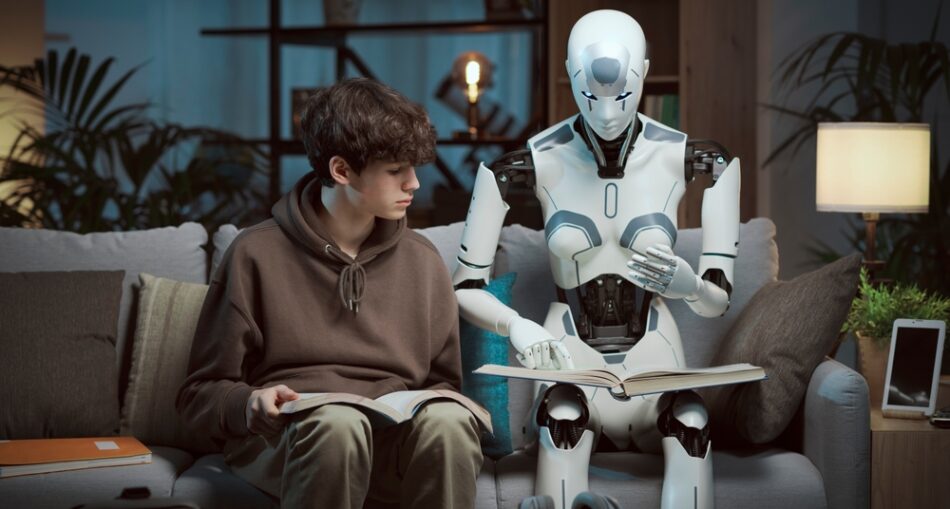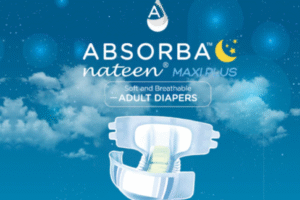Today, many companies create content for fast-moving markets. Japan is one of them. It is a place where people expect clear messages, fast. Whether it’s news, product updates, or live campaigns, speed matters.
But speed alone is not enough. The message must be clear, respectful, and easy to understand. That’s where the challenge begins.
Many brands turn to a Japanese translation company to manage this balance. They help mix fast tools like AI with the careful work of people. This blog shows how that balance works, and why it matters more than ever.
Why Japan Needs Time-Sensitive Content
Japan has a fast digital world. People use phones for news, sales, and daily updates. Brands need to act quickly to catch attention.
For example:
- Flash sales run for a few hours.
- Crisis news needs fast response.
- App or game updates need same-day release notes.
Each of these needs fast translation. But they also need respect for local rules, tone, and word use. If one word is wrong, the message may feel rude or confusing.
AI Translation: When Speed Is a Must
AI tools help with speed. They can handle large content fast. They are good for:
- First drafts of messages.
- Repetitive tasks, like menus or alerts.
- Basic support for internal teams.
With AI, you can move quickly. A full page can be translated in seconds. This helps when the clock is ticking. For example, if a website changes every hour, AI can keep up. But AI is not perfect.
The Gaps in AI for Japanese Text
Japanese have a special way of saying things. It uses polite levels, word endings, and phrases that depend on context. AI often struggles here.
Some examples:
- The wrong tone can sound too direct.
- Words with many meanings can confuse AI.
- Cultural hints or jokes can get lost.
If the tone feels cold or off, people may not trust your message. They may even stop using your product or service. So, while AI is fast, it cannot fully understand feelings or hidden meanings.
Why Human Translation Still Matters
Human experts bring something AI can’t, judgment.
A person knows when to use soft words or strong ones. A human translator checks:
- If the message fits the moment.
- If the tone feels warm and polite.
- If the content makes sense to the local audience.
They also check for risks. A word that is fine in English may sound rude in Japanese. A professional can spot that and fix it.
The Smart Solution: Combine AI and Human Touch
The best way is to mix both. Use AI for speed. Then have people check and fix what AI misses. This saves time while keeping the message right.
This method is called post-editing. Here’s how it works:
- AI does the first draft fast.
- A human translator checks tone, grammar, and meaning.
- Final content is tested before posting.
This way, you get both speed and quality.
Case Study: Product Launch with Tight Deadlines
A tech company wanted to launch a mobile app in Tokyo. The launch date was fixed. They had two days to translate app screens, prepare news posts and write help content. The team used AI to get the base work done in hours. But the next step was key. Language experts read each line. They adjusted words to sound more natural. They fixed tone where needed. In the end, all the content felt like it was written just for Japanese users. The app had 20,000 downloads on day one, and good reviews about clear instructions.
AI Can’t Handle Cultural Clues
In Japan, how you say something is as important as what you say. Small mistakes can feel rude or careless. Let’s say you want to say, “Please wait.” In Japanese, you can say this in many ways, depending on who you are speaking to. AI might choose a basic form, but a human knows if your users are teens or older adults, and picks the right words. Also, some events or times need extra care. During a national tragedy or a sensitive day, even a fun ad needs a softer tone. Only a person can sense that.
Live Content Needs Real-Time Balance
Some brands share live content like:
- Sports scores
- Game events
- TV show updates
- Real-time polls
This content can’t wait. But it also can’t go wrong. A good plan is to set up a live team. They use AI to prepare drafts fast. Then a human checks and posts. This model is now used in big game studios and media houses. With tools ready and people alert, even fast content can stay safe and clear.
Building a Team That Knows Both Sides
To make this work, your team must know both AI and language.
Some tips:
- Train your writers to spot AI mistakes.
- Build style guides for your brand voice.
- Use tools that track tone and structure.
Working with professional translation services can help. These teams bring tested methods. They know how to build a flow that saves time without losing meaning.
Final Words!
Working fast is now a part of global content. But when writing for Japan, quality can’t be ignored. Each word carries weight. Each tone shapes trust. The smart path is not choosing one side. It’s building a bridge between both. Use AI for speed. Use people for care. Blend them in a way that fits your message, your audience, and your goals. When this balance is right, your Japanese content will not only be fast, it will also feel right. And in a market that values respect, that makes all the difference.






